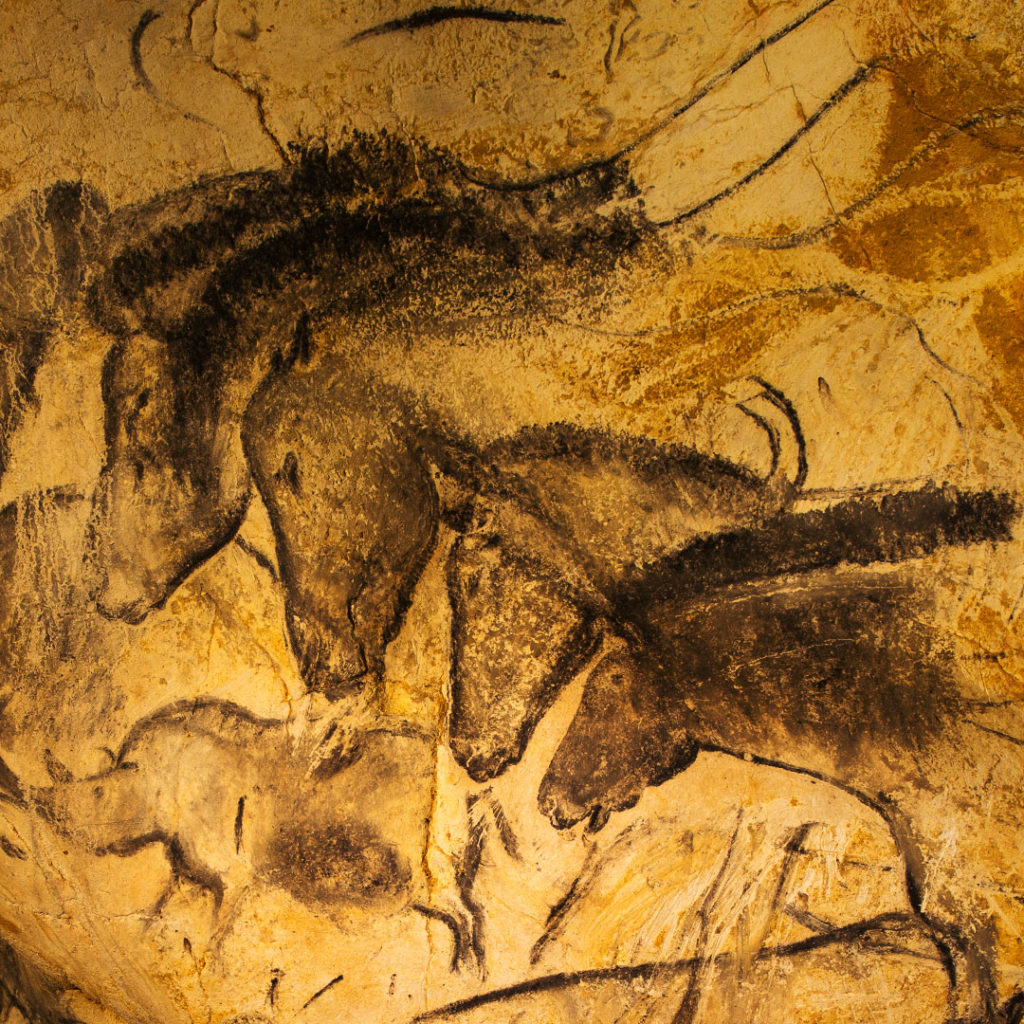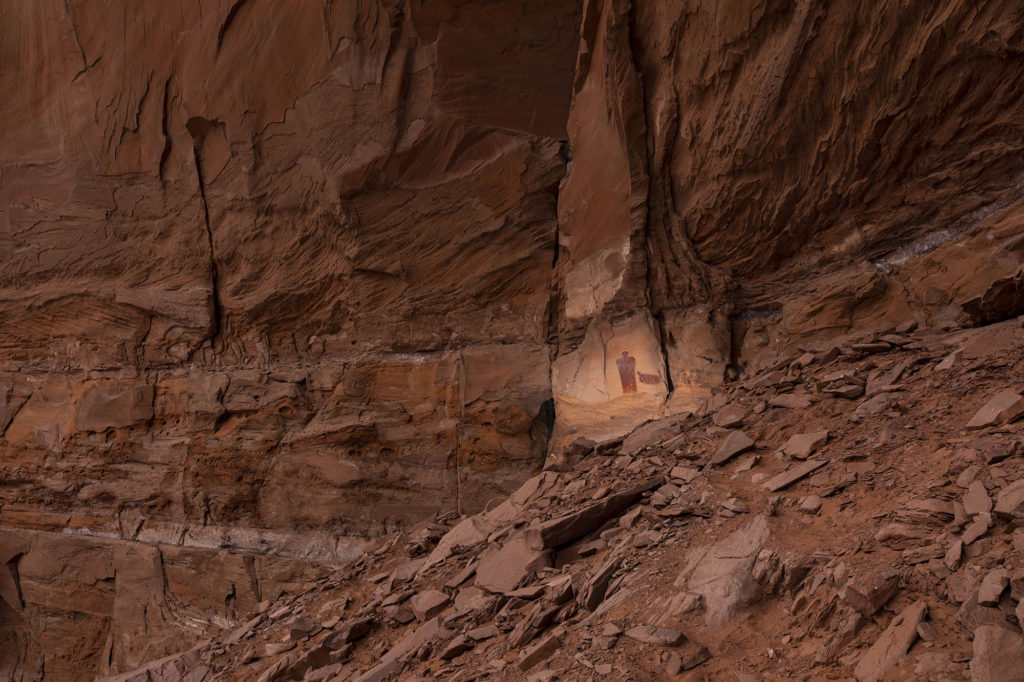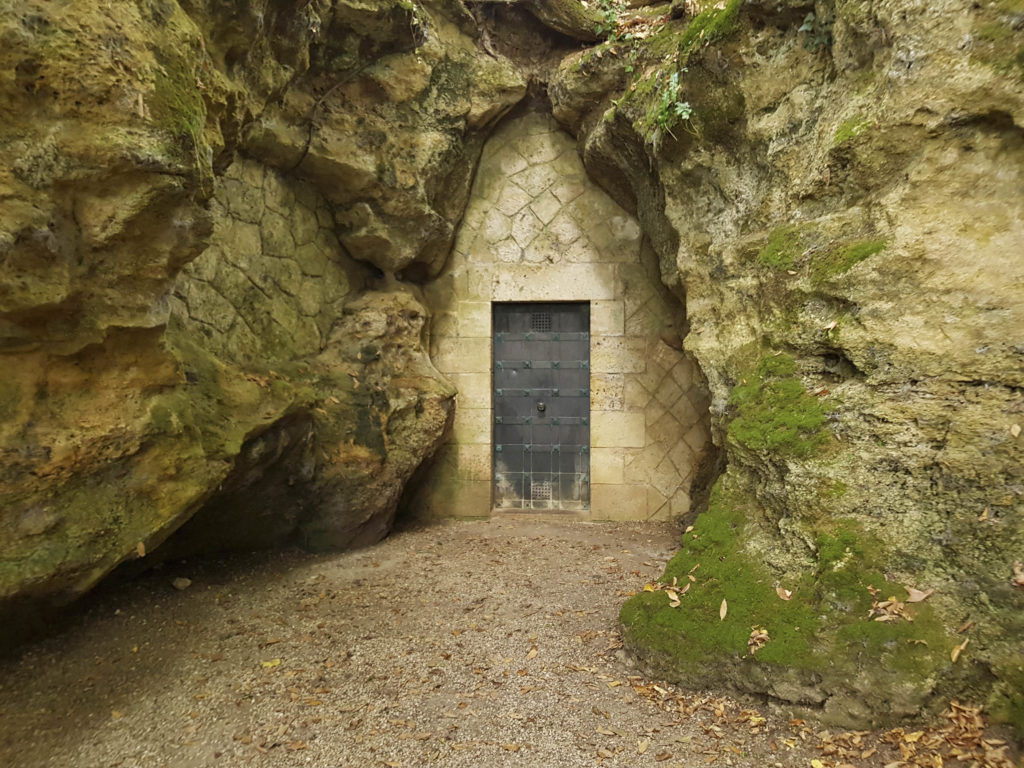The New York Times says we are one of five accounts you should follow on Instagram
The 36,000 year old Horse Panel of Chauvet This week, New York Times arts critic Martha Schwendener called the Ancient Art Archive one of the 5 instagram accounts that you should follow right now. “…the Ancient Art Archive journeys to caves, mesas, buttes and other sites around the world, documenting the paintings and marks made by our ancient ancestors.” She called out two of our posts in particular, one from Chauvet Cave in France and another from the Maze Panel in Arizona. The Maze Panel in the Vermillion Cliffs National Monument. It is an honor to be featured in the Times. The explosive growth of our Instagram feed shows what we have long known, people are hungry for these images from the past.











